Author Archive
The Plague of Structural Inequity in The Fall of the House of Usher
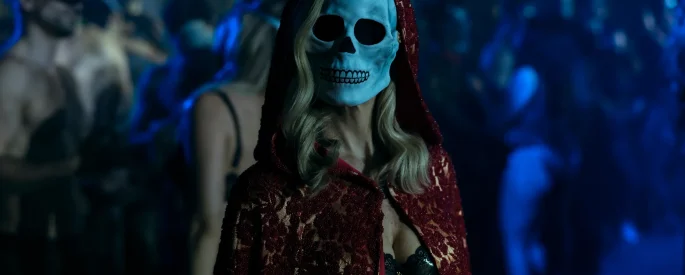
It is not simply that wealth makes escape from pandemic at least (somewhat) possible. It is Poe and Flannagan's understanding of the structural nature of the violent intersection of class privilege and disease.
The Discomfort and Difficulty of Attention
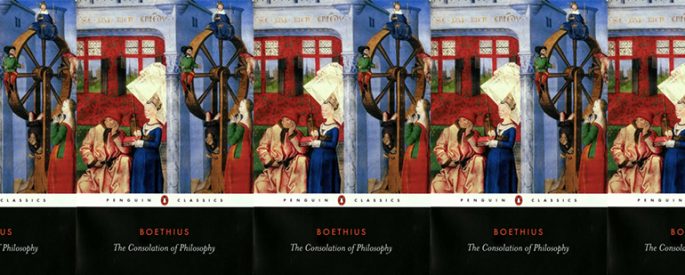
To pay attention has an actual cost. It requires us to trace the brittle edges of our connections to other people. To witness their pain and have them witness ours; to wait and gather ourselves together to hear what’s coming next.
Hurricane Diane’s Exploration of Discomfort, Capitalism, and Our Climate Crisis
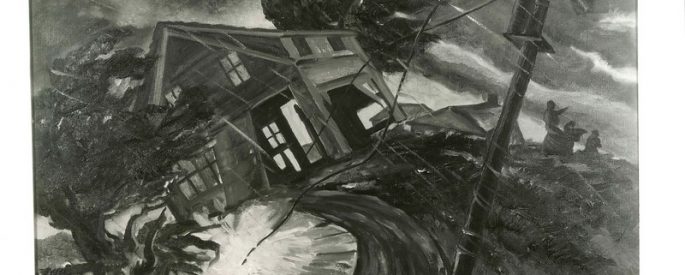
Madeline George's 2017 play lays bare a difficult reality: that any meaningful action on climate change will be uncomfortable, that it's dangerous to avoid discomfort, and that there are many for whom comfort is the only thing they can cling to in the boxed in world of late capitalism.
Stories of Choice in the Face of Climate Change
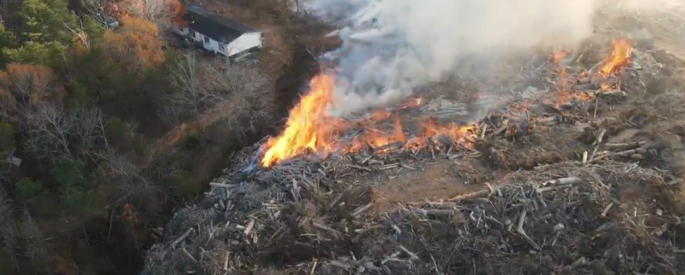
“I’ve been thinking about archives of staying and going not so much because they reveal some new, previously hidden insight, but because of the record they leave carved in language and story. Narratives like these flesh out the nuances of living alongside environmental disaster.”
The Riddles of the Green Man and Sir Gawain and the Green Knight
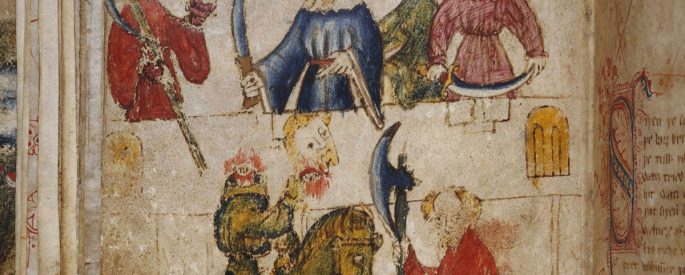
Green is “of this earth.” It is life and death at once, looking down at us from the rafters and blooming in our veins.
Pamp’s Books
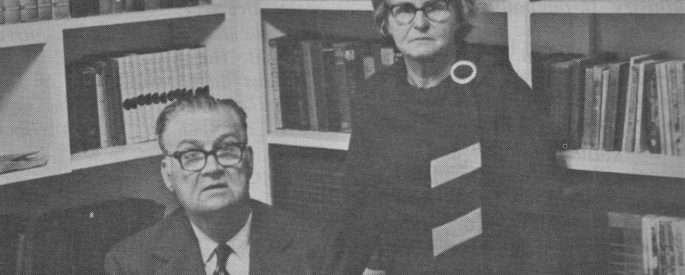
“In reading Pamp’s books, I found myself strangely transposed. I occupied both the position of literary critic working to understand century-old biblical exegesis and that of discoverer of a forgotten family text.”
The Literary History of Morgan le Fay
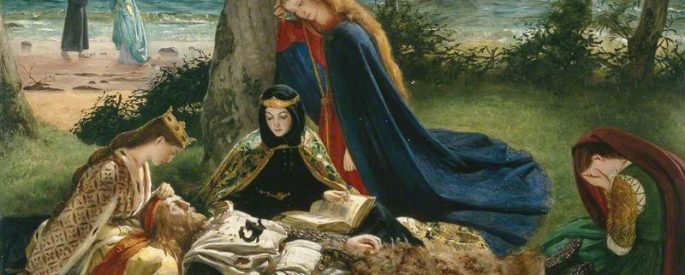
Few witches in literary history have been as influential—or as maligned—as Morgan le Fay. To understand Morgan le Fay is thus to understand something of the nature of witches’ and witchcraft’s literary representation as a whole.
Charles W. Chesnutt’s The House Behind the Cedars’ Black Medievalism
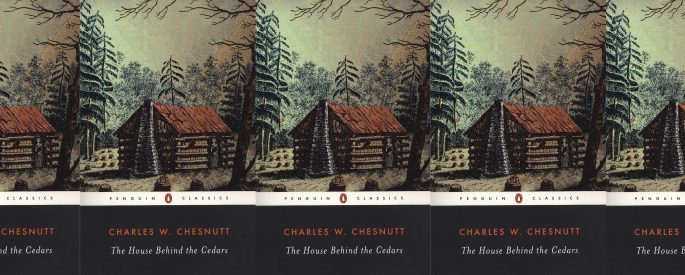
Limiting the scope of medievalism to white narratives, characters, and authorship keeps us from seeing the far more creative and capacious sets of stories that medievalism might tell. That it has, in fact, already told.
Breaking Down “Medieval” Violence
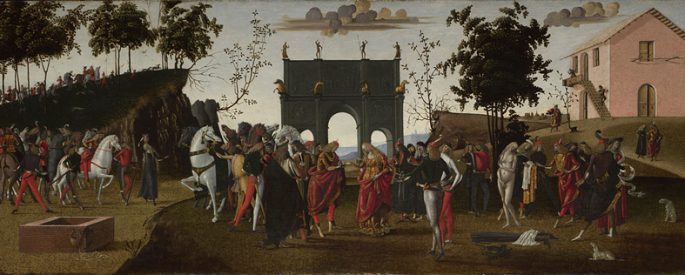
To understand what is “medieval” about particular forms of contemporary violence is not to understand a history of violence. It is, instead, to understand our own modern cruelty and our own deep discomfort with acknowledging it as ours.
Death and Remembrance in Hamnet
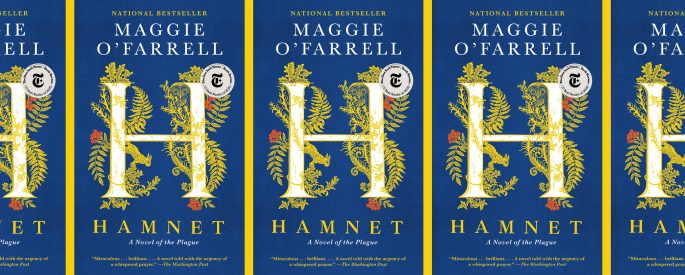
Maggie O’Farrell’s 2020 novel shows the painful reality that transformation and remembrance go hand in hand. This isn’t comforting—how can it be?—but to remember, to practice remembrance daily, shapes a person.
- 1
- 2